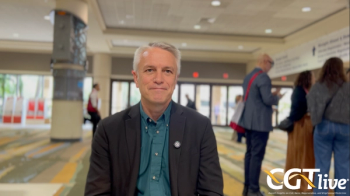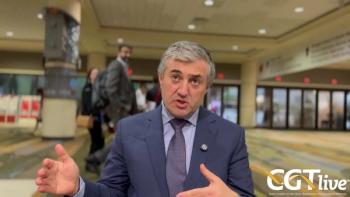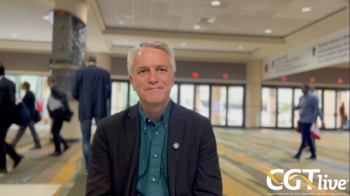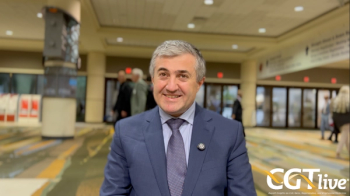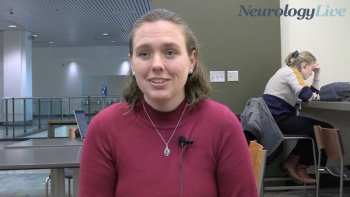
Dr. Chaudhary on History of CAR T-Cell Therapy
Preet M. Chaudhary, MD, PhD, chief of the Jane Anne Nohl Division of Hematology and Center for the Study of Blood Diseases, Department of Medicine, professor of Medicine, Ronald H. Bloom Family Chair in Lymphoma Research, and program director of the USC Norris Blood and Marrow Transplant Program, co-Leader of the Molecular Genetics Program, University of Southern California, discusses the history of chimeric antigen receptor (CAR) T-cell therapy.
Preet M. Chaudhary, MD, PhD, chief of the Jane Anne Nohl Division of Hematology and Center for the Study of Blood Diseases, Department of Medicine, professor of Medicine, Ronald H. Bloom Family Chair in Lymphoma Research, and program director of the USC Norris Blood and Marrow Transplant Program, co-Leader of the Molecular Genetics Program, University of Southern California, discusses the history of chimeric antigen receptor (CAR) T-cell therapy.
Although there has been much excitement surrounding CAR T-cell therapy, the original design of the treatment has been around for more than 20 years. A group of investigators first began exploring CAR T cells in the early 1990s. The idea was a simple concept, he says, of taking the antigen-binding portion of an antibody and hooking it to a T-cell receptor in an effort to kill any antigen-expressing cancer cells.
However, at the time, many researchers were skeptical of this therapy because of its simplicity as well as the technical, logistical, regulatory, and manufacturing hurdles associated with it, he says.
Newsletter
Stay at the forefront of cutting-edge science with CGT—your direct line to expert insights, breakthrough data, and real-time coverage of the latest advancements in cell and gene therapy.

